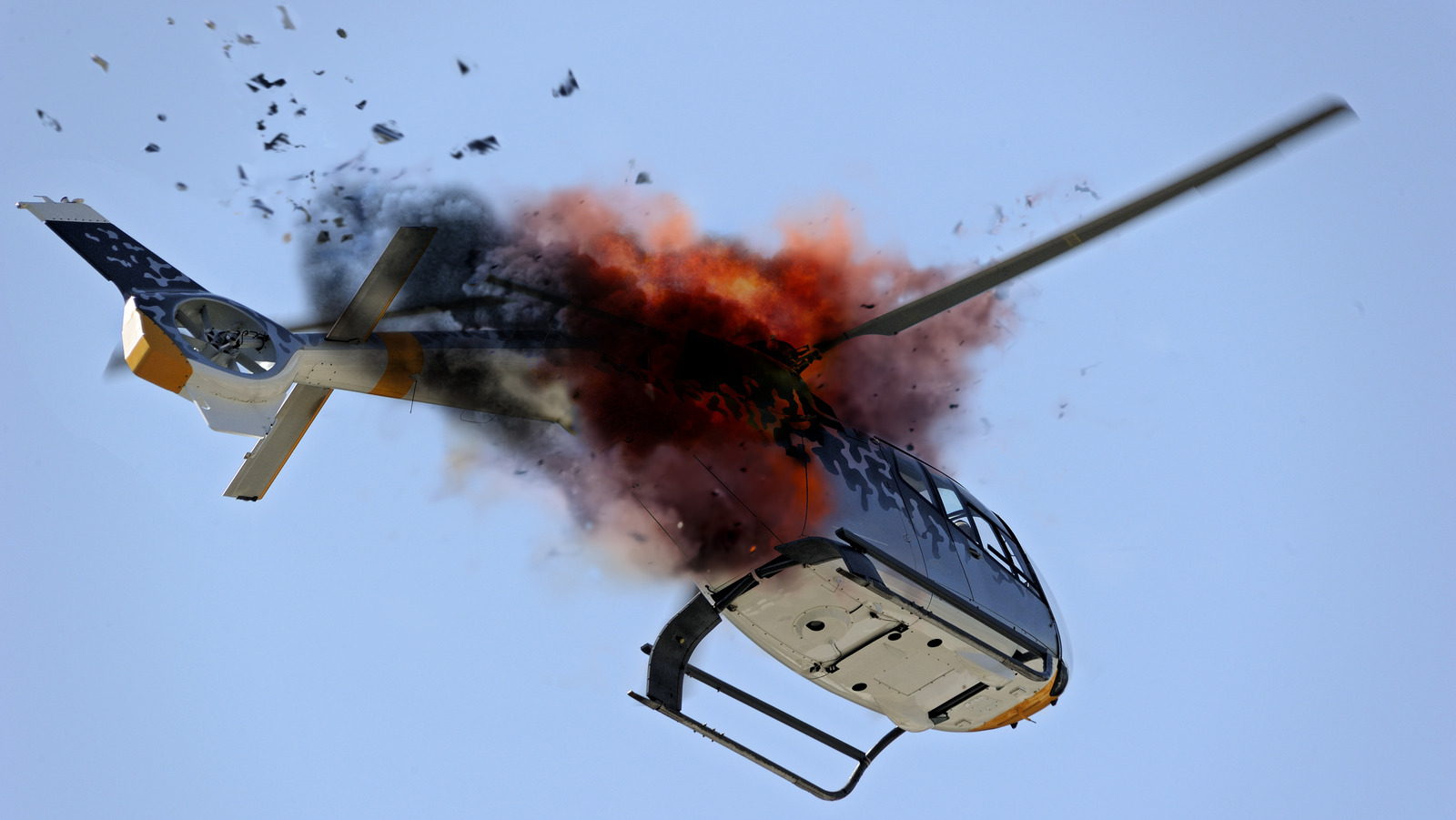
The lift generated by a helicopter’s engine is produced when the top rotor blades are powered on and sped up. They suck air down from above the aircraft and funnel it rapidly downward to produce a massive upward momentum for the vehicle through the air, and are also capable of creating forward momentum as well.
When combined with the rear rotor blade, a helicopter is able to create stable flight in any direction the pilot chooses. However, without the rear blade acting as a counterbalance to the helicopter’s main engine and top rotor action, the vehicle would instead begin to spin uncontrollably. If the main power is instead switched off during flight, the rotor above the pilot’s head would actually still spin.
Instead of sucking air down through the blades as the vessel drops in altitude, air would rush up through the rotor assembly, spinning it in the process and creating a force called “autorotation.” With roughly 600 feet of leeway, the rotors naturally speed up enough to allow the vessel to simply coast down to the ground, just like a skydiver’s parachute.
As a result, calm, skilled operators can maintain control of their vessel, even in an emergency that knocks out the flight-enabling engine. It’s also worth noting that while the engine produces torque, autorotation that’s enacted by the movement of air does not, so pilots don’t have to worry about counteracting any spin tendencies while scrambling to land safely.
Stay connected with us on social media platform for instant update click here to join our Twitter, & Facebook
We are now on Telegram. Click here to join our channel (@TechiUpdate) and stay updated with the latest Technology headlines.
For all the latest Automobiles News Click Here
